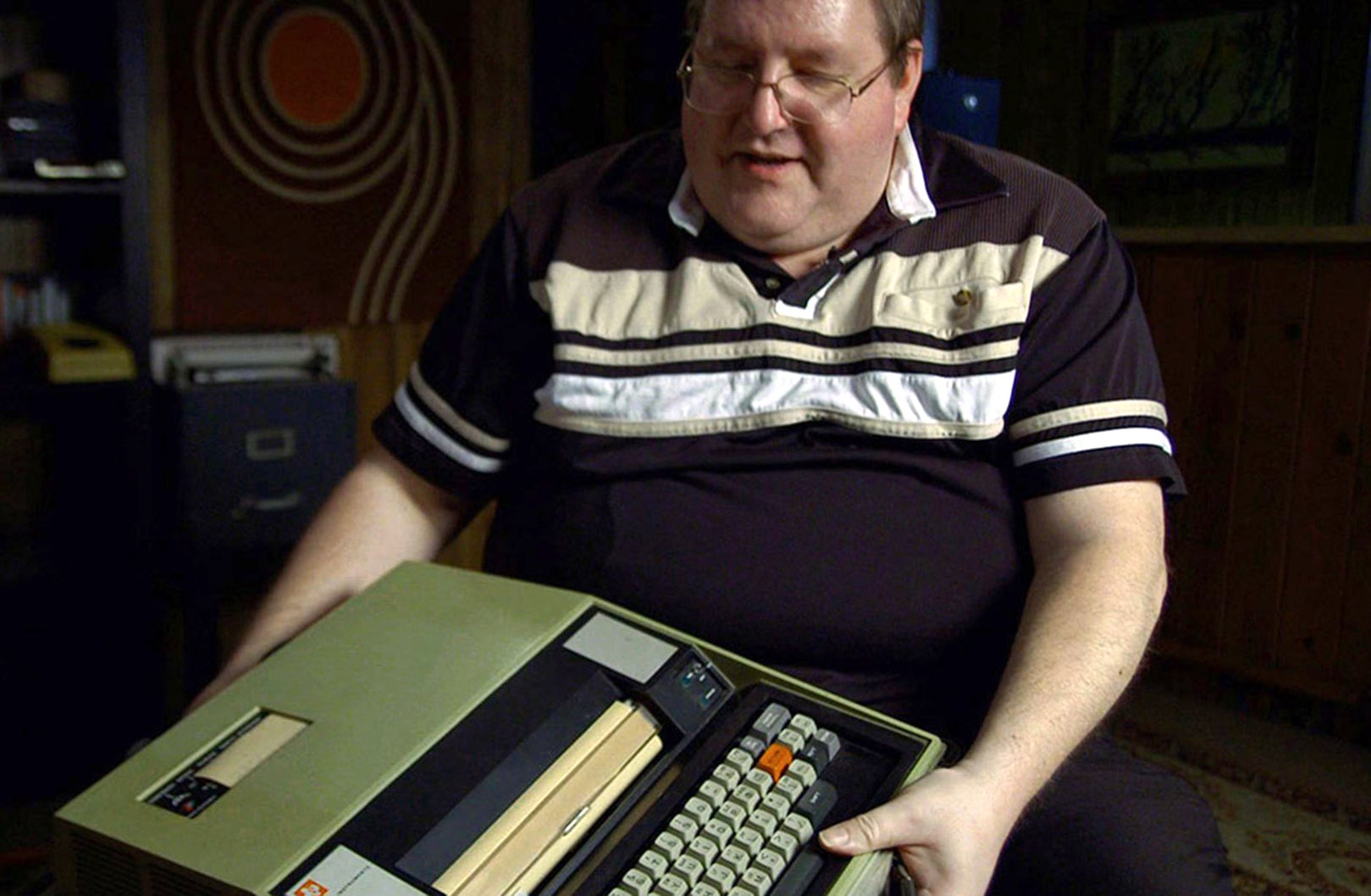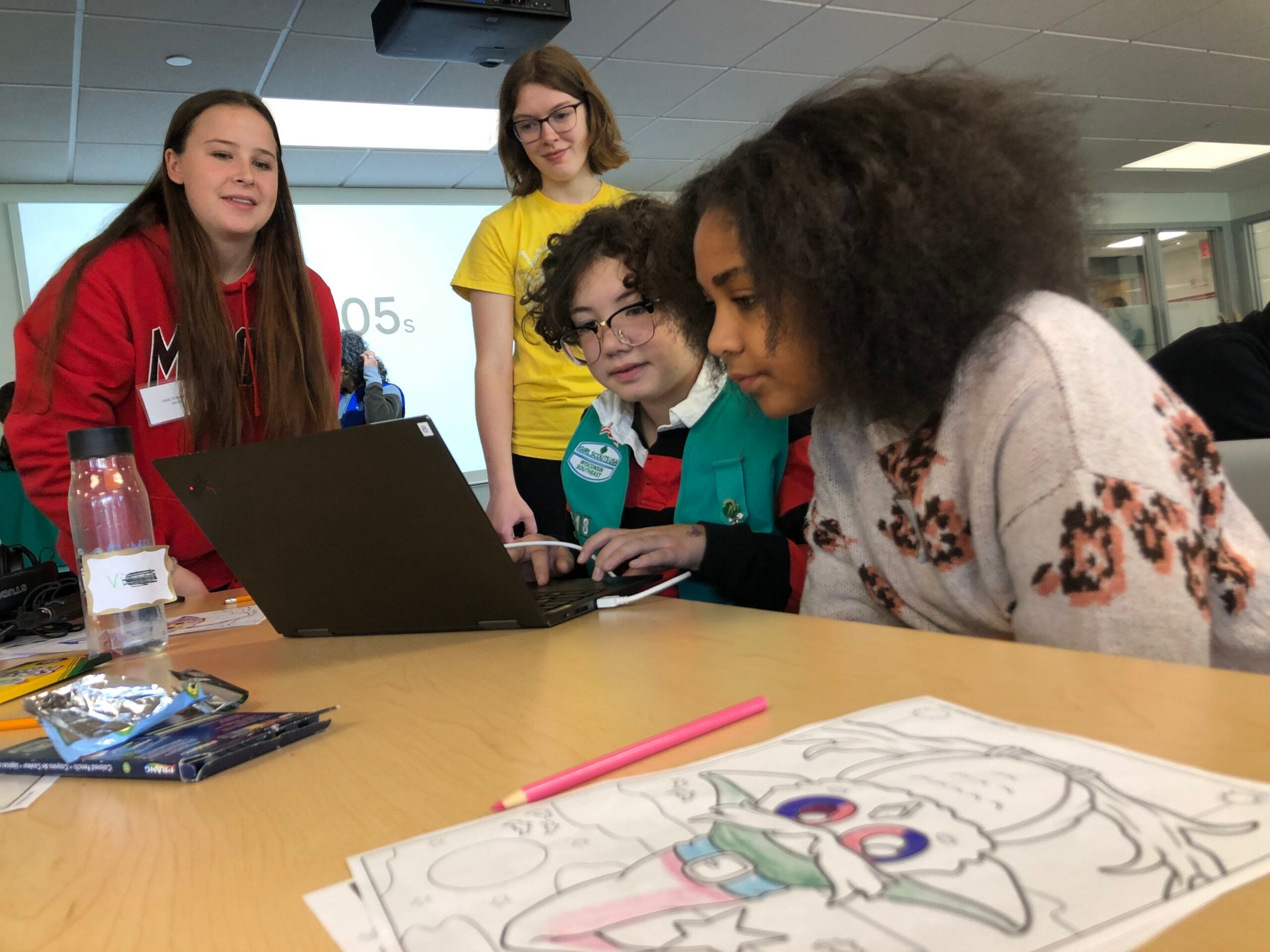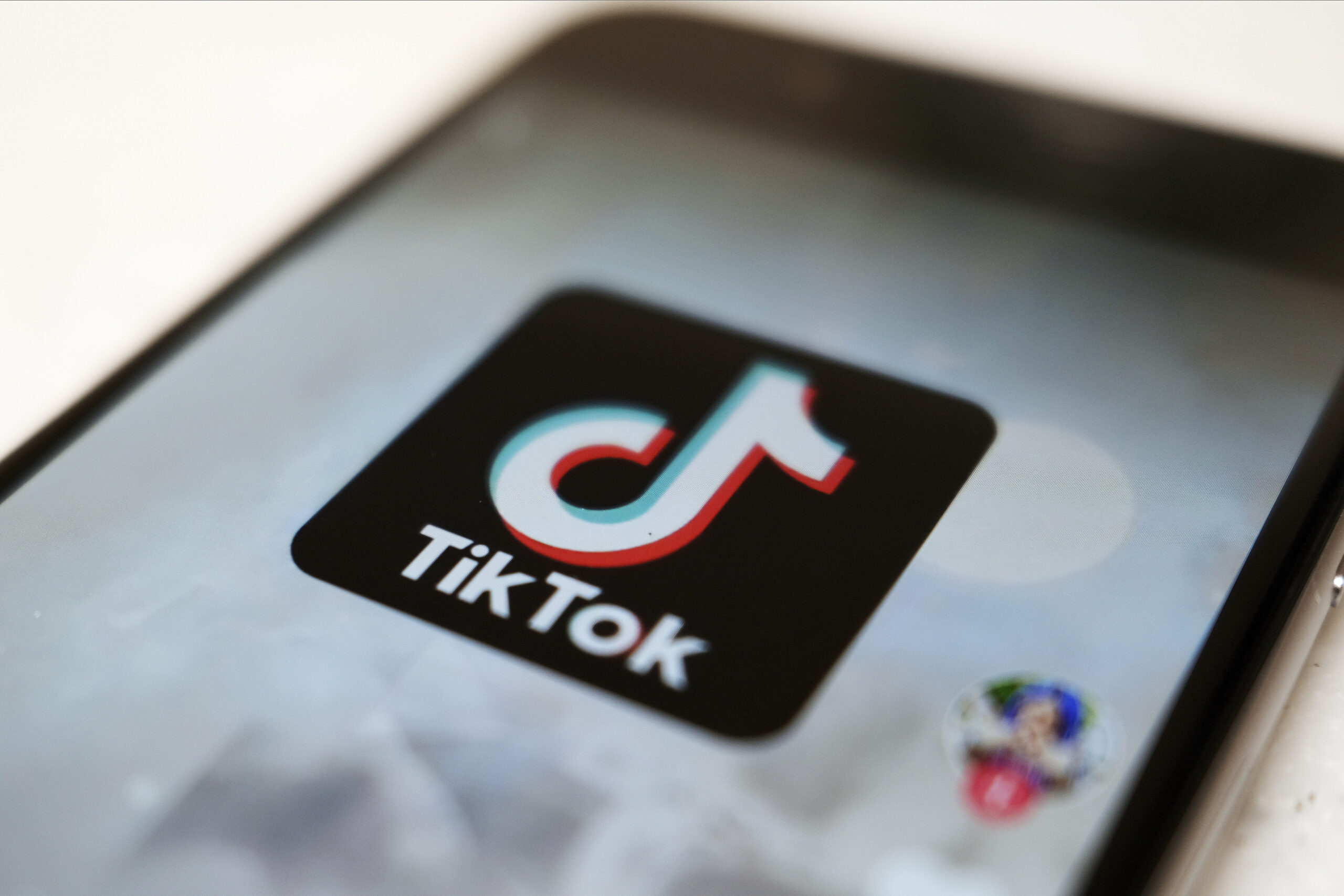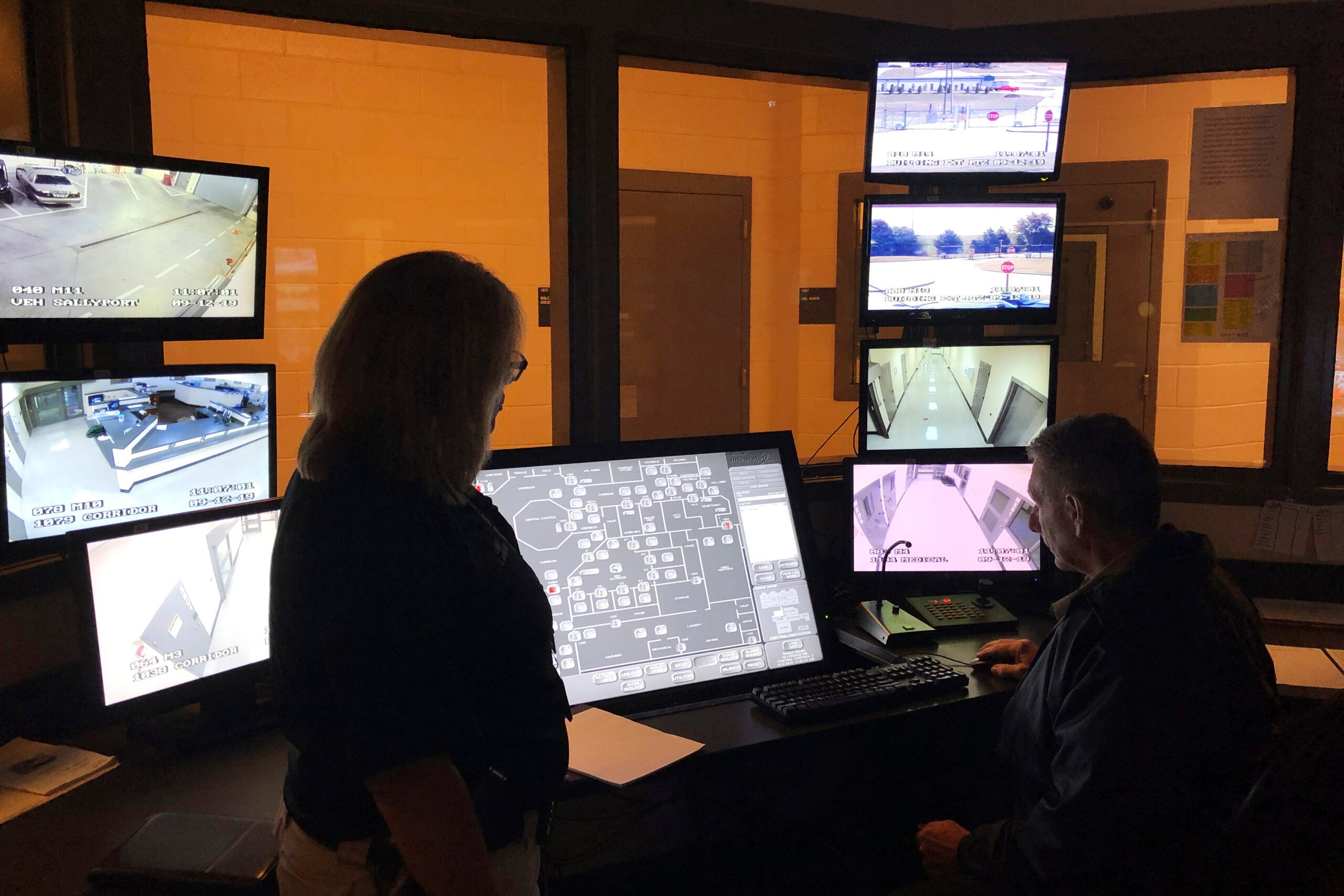Before there was Anonymous, Barnaby Jack or Aaron Swartz, the first celebrity computer hackers came out of Milwaukee. In 1983, a group of teenagers who called themselves “The 414s,” managed to use their families’ primitive home computers to hack into dozens of high-profile systems, including the Los Alamos National Laboratory.
Wisconsin Public Radio’s Terry Bell recently spoke with Milwaukee filmmaker Michael Vollman, who directed a short documentary called “The 414s” about the hackers. The film will be screened at this year’s Sundance Film Festival.

Neal Patrick, one of the 414s, testifed before Congress about how he hacked into major computer systems. Photo: Jim Sting.
News with a little more humanity
WPR’s “Wisconsin Today” newsletter keeps you connected to the state you love without feeling overwhelmed. No paywall. No agenda. No corporate filter.

Michael T. Vollman, director of “The 414s”. Photo: Nina Sasich.
Terry Bell: In 1983, was it easier or harder to hack than it is today?
Michael Vollmann: It was much easier to hack in 1983. Back then, there were all these corporations that started using computers as a way for people to telecommute. There was a whole network of computers connected by this one network called TelNet. And a lot of these operators at these companies didn’t think about that anyone would ever want to access their systems. Programmers would have default passwords, or very simple commands to access computers. And that was a lot of the hacking that happened by this group — was simply by finding computers that they knew the default passwords for, or finding computers that they knew they could access without getting a password by just looking at the system, and from there, finding a back door.
TB: There weren’t laws against hacking back then, because nobody really knew what hacking was. As always, technology is one step ahead of the law.
MV: Yeah, there were no computer laws at that time, and (a) U.S. attorney had to decide how they were going to prosecute these guys. Were they going to use fraud-by-wire charges against them, which were felonies, and sort of go that route to make them the example? Or could they work with these guys to bring it to light in the public, but also make sure that these kids’ lives weren’t ruined? And I think they ended up using laws like phone harassing — making harassing phone calls — which was the charge they were prosecuted with. From there, people started thinking about computer security, and (hacker) Neal Patrick actually did testify before Congress and talked about how easy it was for him to access these computers. And from there, there were some laws that came about.
TB: What is the 414s’ legacy? Is their impact still felt today?
MV: I think beyond laws that were created that become part of the Computer Fraud and Abuse Act, I think also just the idea of the image we have of computer hackers. When Neal Patrick went public, and went on all these talk shows, he had these big wire-rimmed glasses, and big puffy hair, and I think just that idea of what a “whiz kid” or computer hacker was is still perpetuated today. We still think of computer hackers in that same way.
Wisconsin Public Radio, © Copyright 2025, Board of Regents of the University of Wisconsin System and Wisconsin Educational Communications Board.





